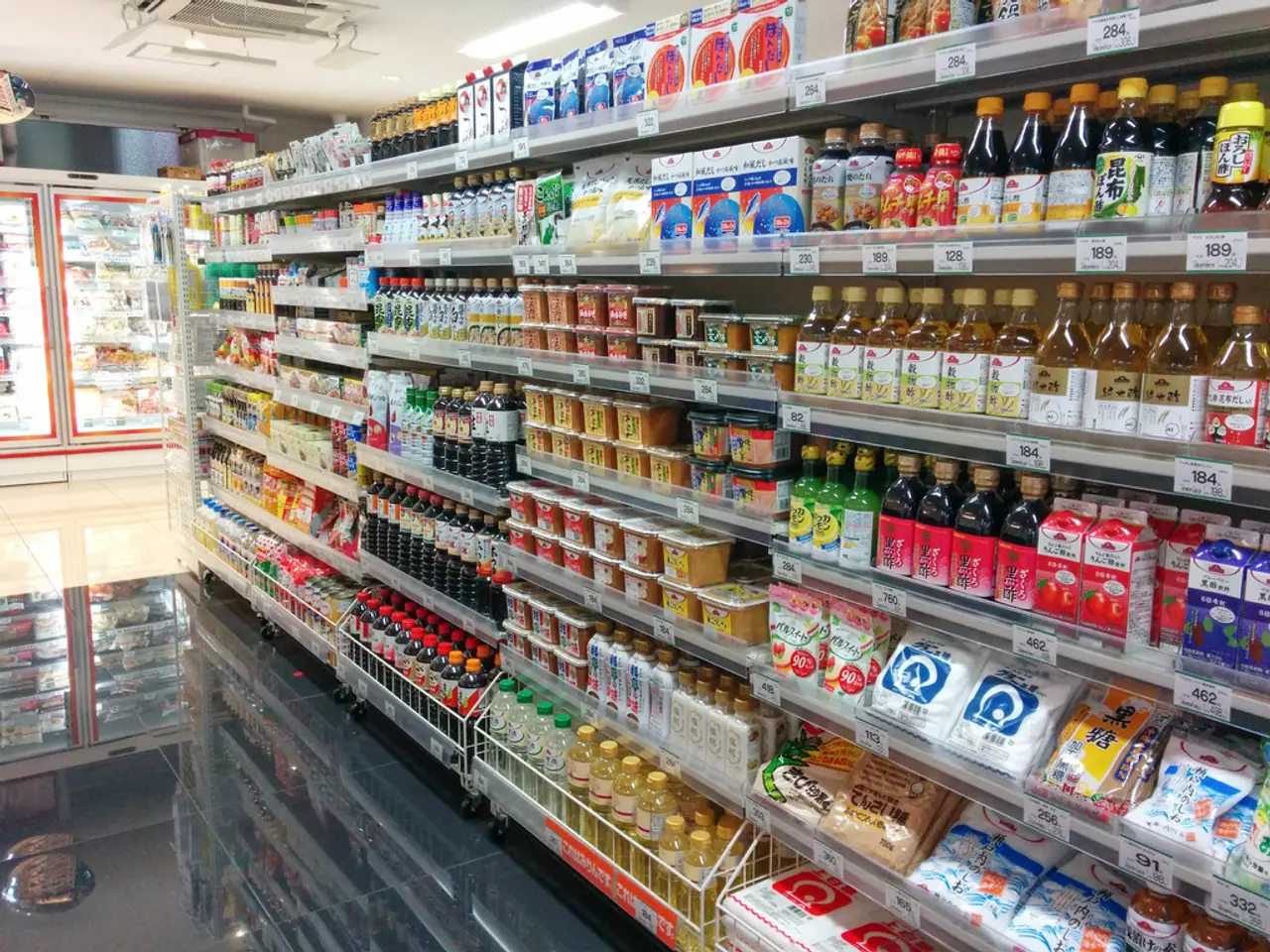Economy to encounter a significant slowdown in expansion of international trade in the year 2017
In the rapidly evolving global trade landscape, Asia is grappling with a multifaceted set of challenges that are reshaping the financial sector, particularly affecting lending to small traders and the growth of hedge funds.
**Impact on Lending to Small Traders**
The escalating trade tensions, tariffs, and geopolitical uncertainties have compressed trade flows, increasing costs for small traders who rely heavily on cross-border commerce. South Asia, for instance, is experiencing shrinking intra-regional trade and inefficient trade facilitation, which are constraining economic growth and regional cooperation[1]. This economic uncertainty and higher costs have made lenders more cautious, reducing the creditworthiness of small traders.
Moreover, the rising risks and costs associated with trade have led banks and financial institutions to tighten credit standards or increase interest rates for small traders deemed riskier, thereby restricting their access to affordable lending[2]. The economic interlinkage between national security and prosperity in South Asia underscores the importance of stabilizing trade environments for economic development[1]. Without improvements in trade facilitation and conflict resolution, small traders remain vulnerable, which could stifle their growth and demand for credit.
**Impact on Growth of Hedge Funds**
The trade tensions and tariff escalations have resulted in high market volatility, providing fertile ground for hedge fund activity. Managers are seeking to exploit market inefficiencies and currency fluctuations, particularly in the US dollar due to tariff announcements[2].
Despite the near-term uncertainties caused by tariffs, Asia's long-term growth outlook remains robust, supported by structural shifts in China, Japan, India, and strategic roles in AI supply chains (South Korea, Taiwan)[3]. Hedge funds are reallocating capital toward Asian markets to capitalize on emerging growth and currency appreciation opportunities.
The new era of geoeconomic fragmentation, including partial decoupling trends between the US and China, creates diverse trading and investment strategies. Hedge funds may increase positions in derivatives and arbitrage linked to tariff impacts, supply chain shifts, and currency movements in Asia[3].
**Summary**
In conclusion, the emerging Asian trade challenges in 2025 have constrained lending to small traders by increasing risk and costs associated with cross-border trade, while simultaneously stimulating hedge fund growth by creating volatile and opportunistic market conditions in the region[1][2][3]. The regulatory environment, high levels of indebtedness, and rising cost of capital are causing banks to be more selective in their lending, pushing smaller producers towards trading houses for debt finance[4].
Meanwhile, developing Asia is expected to produce the biggest addition to the world's middle class (3 billion by 2050)[5]. Amidst these challenges, Asia's trade sector is facing unprecedented challenges in the political and economic sphere. However, hedge funds are emerging as players in the market, exploiting the gap left by some international banks[6]. Fewer deals are getting done, but single cargo deals are now within the scope of financiers[7]. The global trade finance gap stands at US$1.4 trillion, with around US$700 billion of that in developing Asia[8].
References: [1] ADB (2020). Trade Facilitation in South Asia. [2] BBC News (2018). US Dollar Drops After Trump Announces New Tariffs on China. [3] Financial Times (2019). Hedge Funds Pivot to Asia as Trade Wars Roil Markets. [4] Reuters (2019). Asian Traders Turn to Trading Houses for Debt Finance Amid Trade Tensions. [5] McKinsey & Company (2018). Asia's Growing Middle Class: A New Engine of Consumption. [6] The Economist (2019). Hedge Funds: The New Players in the Market. [7] The Wall Street Journal (2019). Fewer Deals, Bigger Tickets: The New Era of Trade Finance. [8] ICC (2019). Trade Finance Gap Rises to US$1.4 Trillion, With Developing Asia Accounting for US$700 Billion.
- The evolving financial sector in Asia is significantly impacted by regional challenges, particularly affecting transaction banking, trade finance, and commodity finance for small traders.
- The increased costs and trade tensions impacting cross-border commerce are causing lenders to be more cautious, often reducing the creditworthiness of small traders.
- Amidst the economic uncertainty, hedge funds are thriving in Asia, taking advantage of the market volatility resulting from tariffs and tariff announcements.
- Hedge funds are capitalizing on the long-term growth in Asian markets and are reallocating capital to profit from emerging opportunities in AI supply chains and currency appreciation.
- In this new geoeconomic landscape, hedge funds may increase positions in derivatives and arbitrage related to tariff impacts, supply chain shifts, and currency movements in Asia.
- Personal-finance, lifestyle, education-and-self-development, technology, general-news, and sports sectors could witness various changes as Asia's trade landscape evolves, with key players like hedge funds reshaping the financial industry amidst the challenges and opportunities presented.




